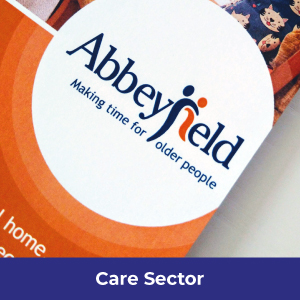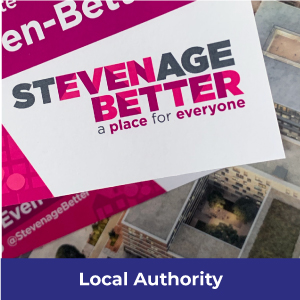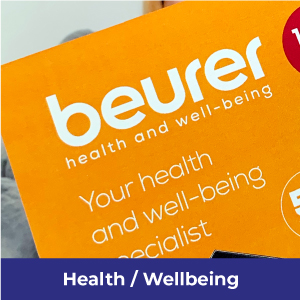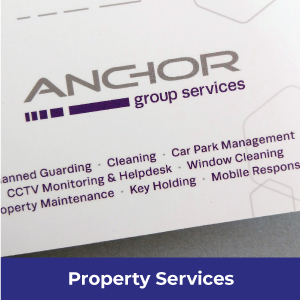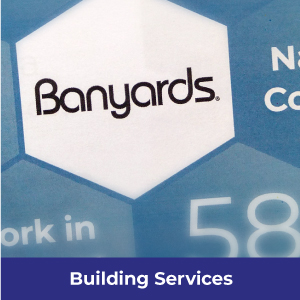Too much information

Yesterday, Rob and I were on the M25 - on our way back from a surfing weekend in Croyde, if you were wondering - when Rob mentioned to me that the total length of the M25 was 117 miles. He followed this up with a question: “seeing as the M25 is a circular road, that means that the inside (anti-clockwise) carriageway will be shorter than the outside carriageway. How much shorter do you think it is?”
My response, naturally, was to reach for my iPhone and search on Google; where I quickly discovered a number of discussions / threads which considered this exact question and provided solutions.*
There’s already been plenty of debate about how the internet has changed our relationship with information – and I’m not about to regurgitate it here. Suffice to say, that where previously a question such as this might have initiated a long discussion, mental application and the dredging up of half-remembered maths from school, this has been replaced by instant gratification.
How does this change affect us, as designers, and our creative approach?
There are two ways of looking at this. Certainly, there is a definite trend of communications taking readers directly to the information; on the assumption that they will be accustomed to receiving quick answers and won’t have the patience to wade through potentially irrelevant and distracting content – and this informs our design approach particularly when it comes to producing websites. On the other hand, smartphone and tablet users in particular are experts at the rapid scroll through reams of content, before picking out a particular nugget which tickles their fancy – which suggests that a high quantity of content isn’t necessarily a problem, so long as it’s easily navigable and (above all) the key elements stand out. And of course, one of the ways of standing out is through good design. Bingo!
However, there is a counter-argument to this; that – in some instances – audiences actually enjoy having to do a little work and ‘figure it out.’ Consider the popularity of, for example, puzzles such as Sudoku or any number of gaming apps. And think about the number of TV commercials which take an ‘obtuse’ angle, rather than a direct hard-sell approach.
What’s more, if an audience has had to work a little to find an answer to a question rather than having it delivered to them on a plate, the answer (or ‘message’, if you prefer) is far more likely to embed in the audience’s consciousness, rather than being instantly digested and forgotten. Which is why the best teaching methods involve interactivity rather than rote learning.
I think that context is key: if the audience is actively looking for information (as in the website example above) then they need to be able to find it quickly and easily; but if they are receiving a communication passively, then it doesn’t hurt to make them work at it a little…because the resulting message will be more satisfying and, therefore, powerful.
Fortunately, for us as creatives, either way it needs to be carefully considered, designed and delivered.
* About 140 metres, give or take. And if you want to know how to work it out, then you know how to find out.





